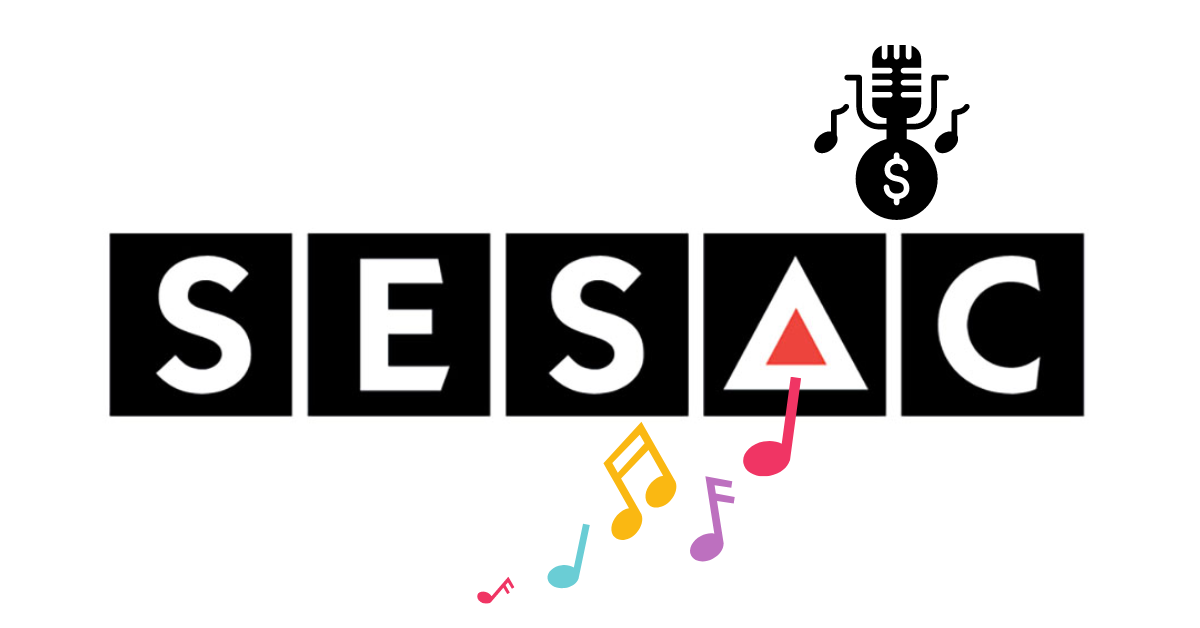Introduction to SESAC and Royalty Payments
SESAC (also knoawn as the Society of European Stage Authors and Composers) is a performing rights organization in the US. That unique approach to enrollment — all other PROs allow any songwriter or publisher to sign up — positions SESAC to keep a smaller but more elite list of ace songwriters and publishers, Fulds said. Artists wondering how SESAC counts and shares royalties need to be aware of certain key details.
Calculation of Royalties
SESAC uses a complicated formula provided through performance and revenue streams to figure out what royalties are owed. SESAC primarily earns money by entering into licensing agreements with businesses that use music—businesses such as radio stations, television networks, and streaming services; These licenses were supposed to include most of the public performance rights in copyrighted works.
Revenue Streams and Data Analysis
Performance data is gathered by SESAC from multiple sources, such as digital streaming services, performances (live), radio airplay and television. Each performance is then tracked for frequency and reach among other data points. An example to that is, if a song is on a TV show song will generate more royalties than it would do so on music radio local stations for the sole fact of reach.
Distribution of Royalties
SESAC then collects the revenue for these fees, and once a quarter they disburses this money to songwriters and publishers according to performance data. Distribution model : based on a weighted formula(performance * medium) So a live performance in a large venue will generate other royalty payments than a digital stream on a niche platform.
Examples of Different Revenue Streams
Take for instance a popular song which is played on a mainstream streaming service like Spotify, presented during prime-time television and experienced at live concerts – all of these settings are certainly different from each other in terms of format, but the overall principal remains the same. All of these different revenue streams help make up the whole royalty pool. While the streaming service could be creating an ongoing drip of micro-payments and the television broadcast might have paid a lump sum based on their license agreement, live performances generate royalties based off ticket sales and the size of the venue.
Conclusion
SESAC’s approach to calculating and distributing royalties ensures that artists are fairly compensated for their work. By leveraging a combination of performance data and diverse revenue streams, SESAC provides a comprehensive and equitable royalty distribution system. Understanding this process is essential for artists who wish to navigate the complexities of the music industry and maximize their earnings.


